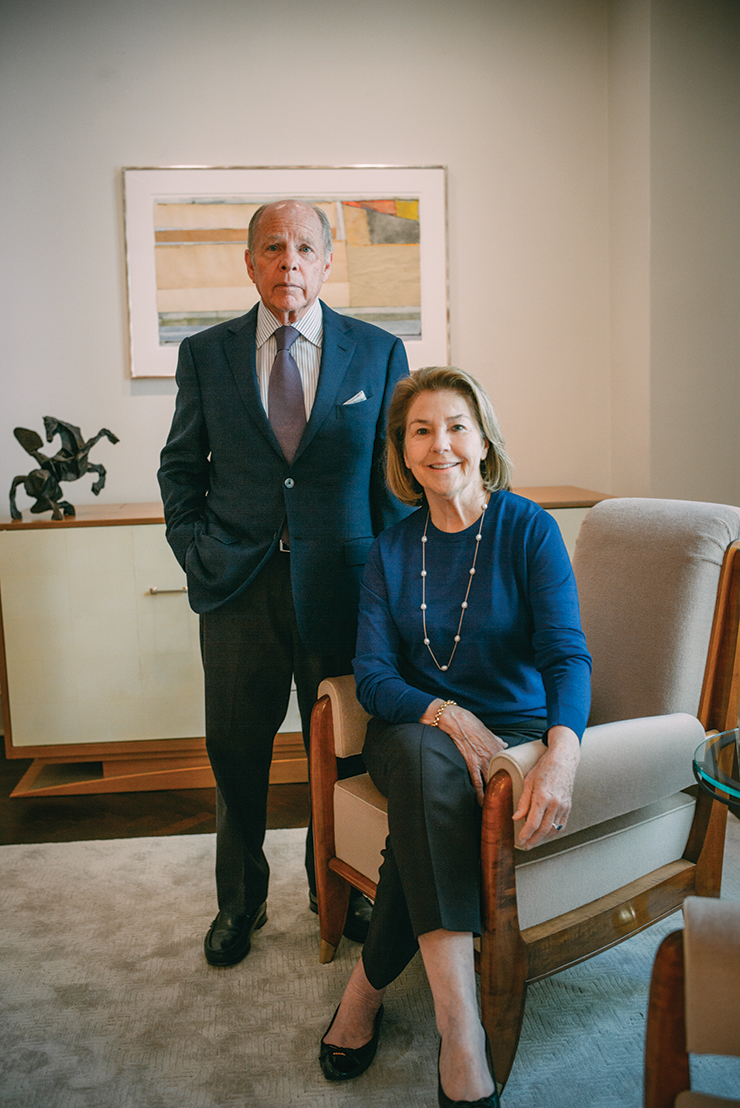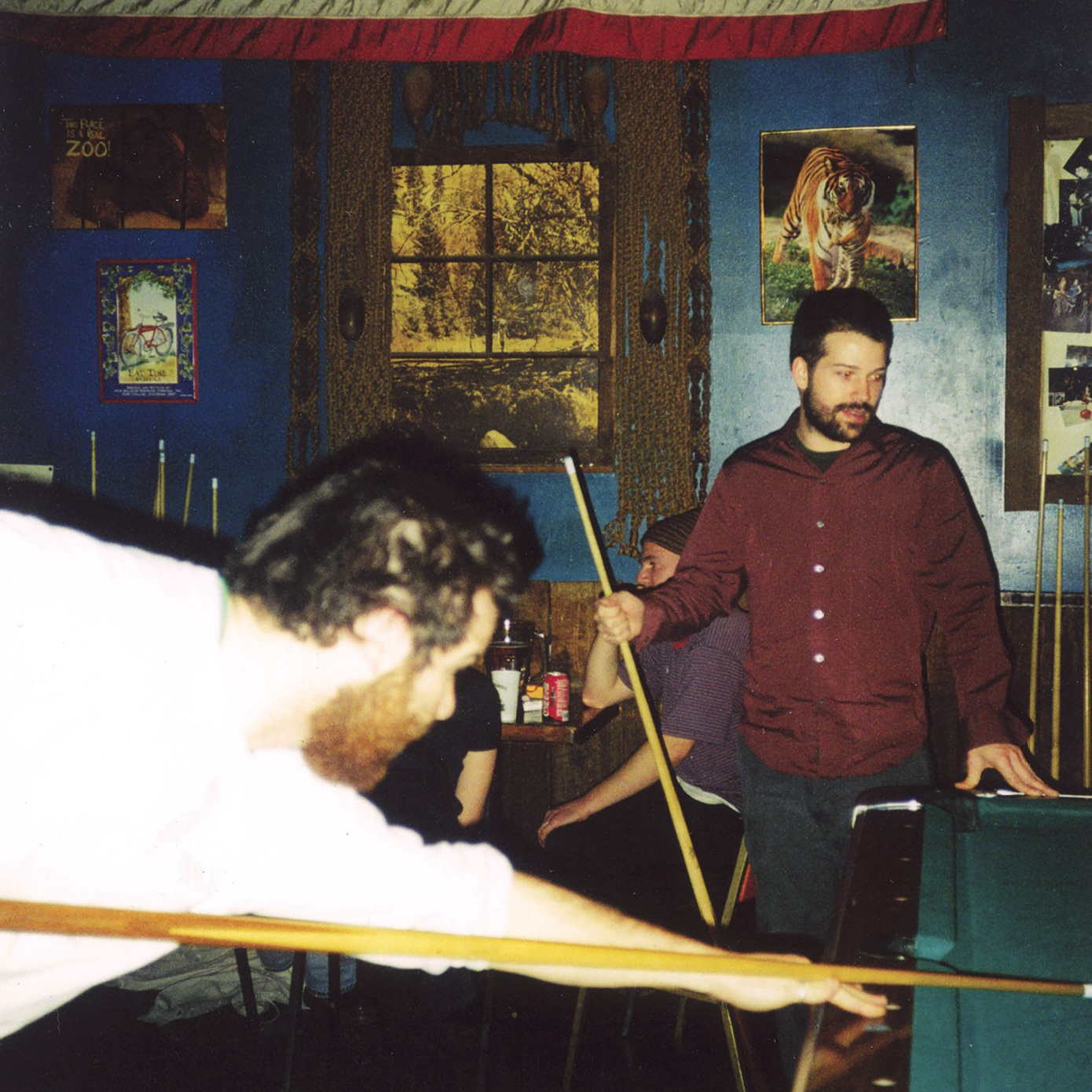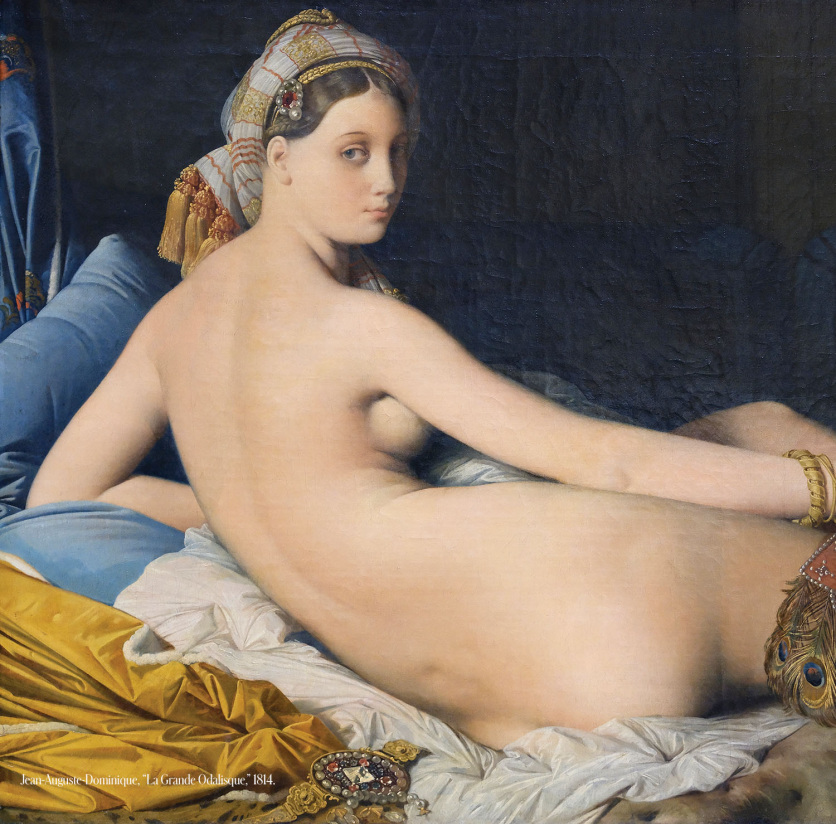
These days all aesthetically trained eyes are focused on San Francisco due to the city’s breathtaking new SFMOMA expansion, and while the museum’s redesign has been much heralded, there’s also been tremendous buzz about a broader, multi-pronged arts investment that’s been sweeping through the city. Though talk quickly moves to the impact that “tech money” has had on the San Francisco art scene, many people don’t realize that the city became an American arts hub in the mid 1800s after the Gold Rush. By the 1930s, it boasted a cadre of serious collectors, and, by 1935, its second impressive museum—the San Francisco Museum of Art, which would become SFMOMA.
Enter the Berggruen legacy. Heinz Berggruen, the father of the San Francisco-based gallery dealer John Berggruen, fled Nazi Germany in 1936 and landed in the City by the Bay, quickly becoming a lauded critic for the San Francisco Chronicle and assistant to SFMOMA’s first director, the legendary Grace Morley.

Heinz went back to Europe after the war, but his son John returned in 1970 after a stint in New York to found his gallery in the city’s South of Market district. There he began his business by selling European prints, but quickly transitioned into showing some of the biggest artists of the era, including Bay Area Figurative painters like Richard Diebenkorn and Wayne Thiebaud. Forty-six years later, Berggruen, his wife, Gretchen, and their newly hired president, Sarah Wendell (an eight-year Christie’s vet), are leaving Grant Street in a major move that places the gallery directly across the street from the redesigned SFMOMA and next door to art dealer Larry Gagosian’s newest (and 16th) gallery space.

“One of the things that drove me mad was going into the same building, the same environment for so many years,” says Berggruen. “I just got tired of the experience. Now with SFMOMA’s re-emergence, there's an enormous attraction that satisfied a lot of my desires to make this next and final step, to do something stimulating and relevant.”

Berggruen’s wife, Gretchen, who was “there for 39 of the 46 years” on Grant Street, has shouldered a lot of the logistics behind the move, which included hiring of one of the city’s savviest architectural experts (and her daughter), Jennifer Weiss, to transform the gallery’s new home—a 10,000-square-foot, three-story brick warehouse building dating from 1908—into a contemporary gallery space. Indeed, the arts run deeply within the Berggruen family. Aside from their son, Alex, who is currently working in Christie’s Contemporary Art department, Berggruen’s half-brother Olivier is a well-known art historian, and his other half-brother, Nicolas, is a financier who heads the board of the Berggruen Museum in Berlin.
Even the Berggruen hires tend to stay close to home. On the surface, the wooing of the 29-year-old Wendell away from the booming Christie’s Post-War & Contemporary Art Department seems like a typical Blue-Chip gallery move. But aside from being a smart business decision, the hire also has a special significance: Wendell, a San Francisco native, did her first internship with Berggruen before joining Christie’s. The new president speaks with reverence about the “incredible depth of the collector base” that the Berggruens have amassed over more than 700 exhibitions, and the fact they’ve known Wendell since she was practically a child surely informed her difficult decision to leave Christie’s.

The whole team has been hard at work on the first show for the new space, “The Human Form.” Set to open in October, it promises to be a cornucopia of rare figurative renderings from the early 20th century to today. Contributions from artists ranging from Pablo Picasso and Henri Matisse to George Condo and Elizabeth Peyton will adorn the bright, new gallery walls on Hawthorne Street.





